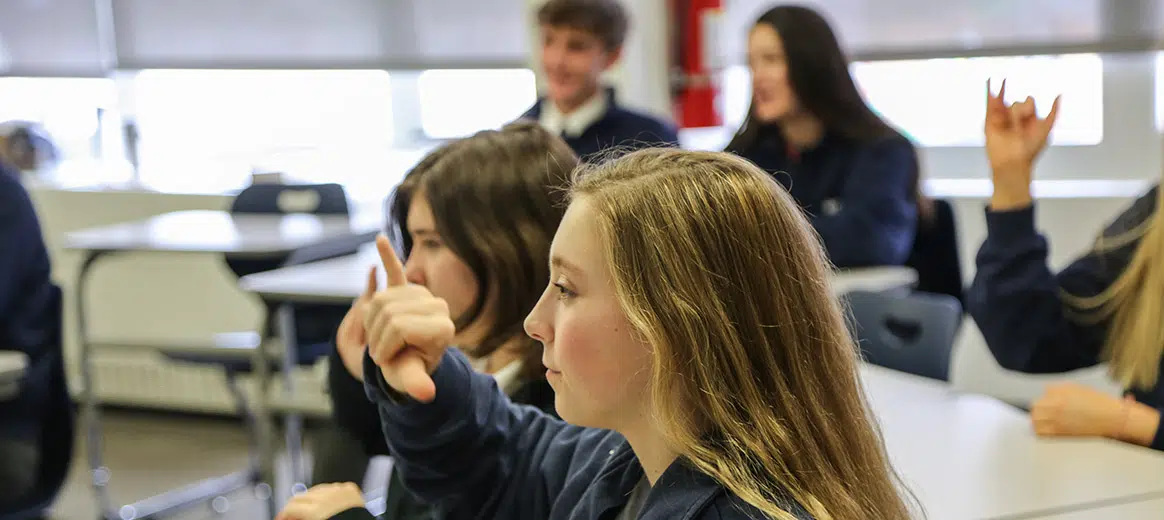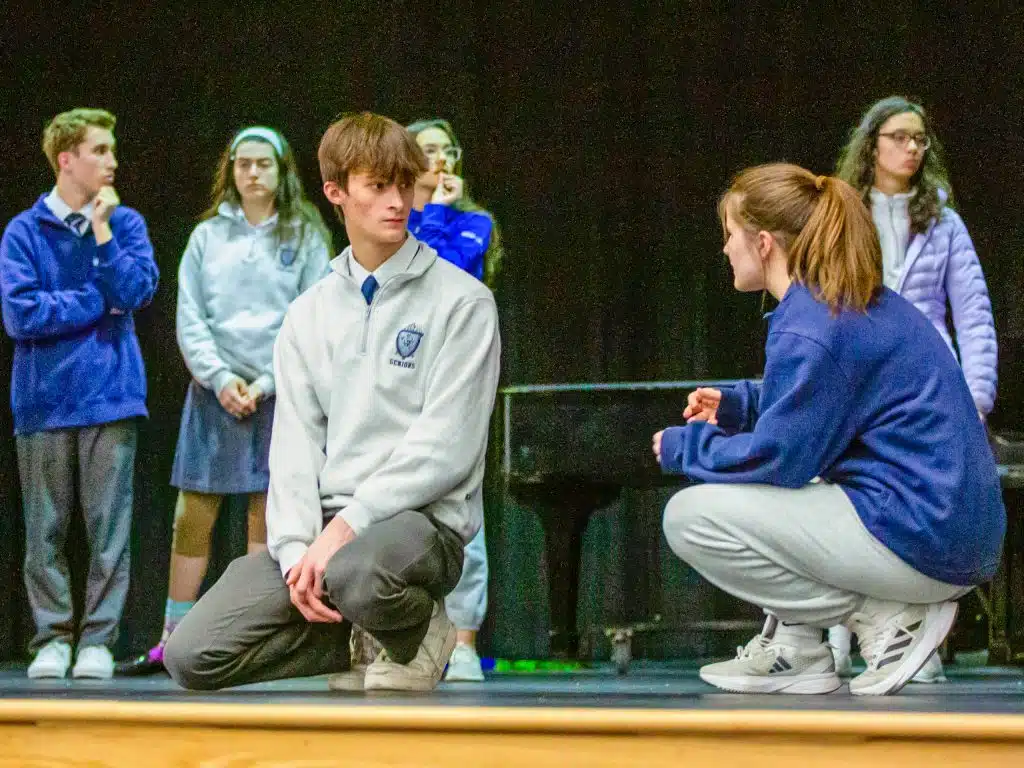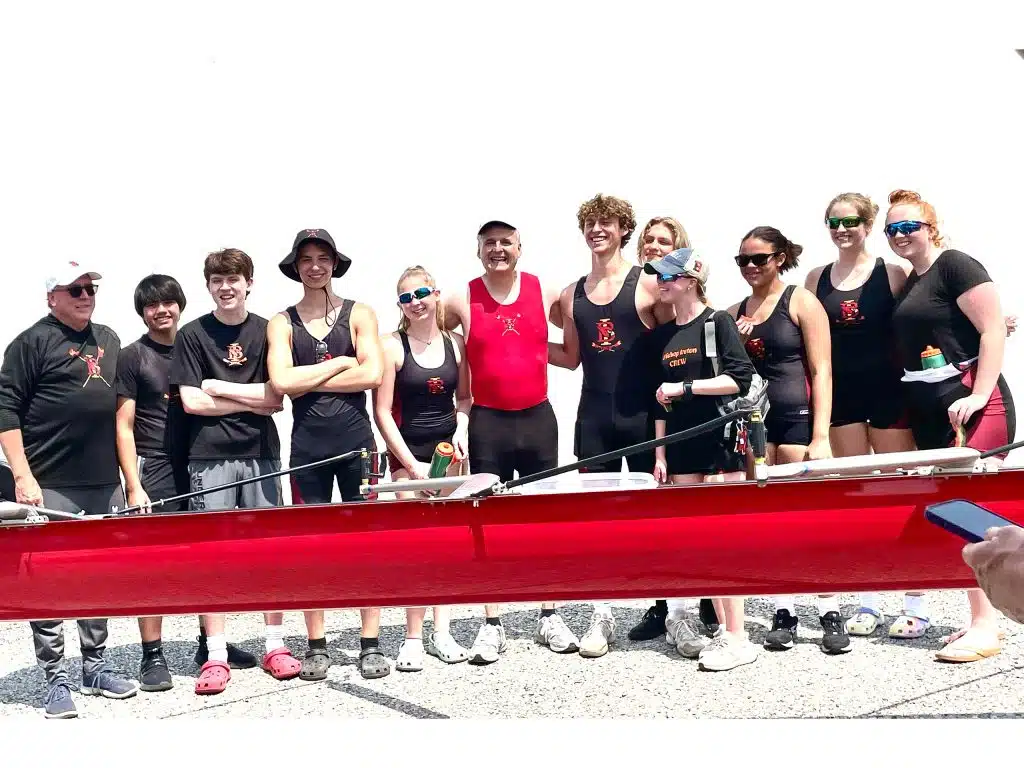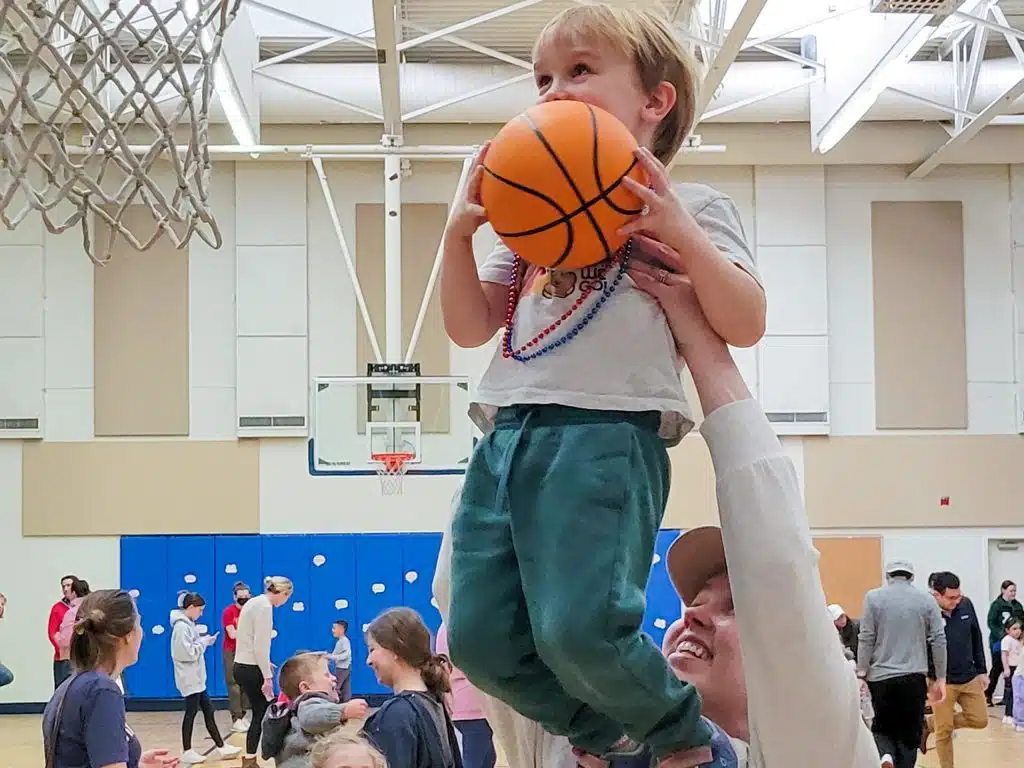Most students at Bishop O’Connell in Arlington take American Sign Language (ASL) for a specific reason. Just ask junior Hailey Gilson.
“Growing up, I’ve seen sign language everywhere, but I’ve had no clue about what people are saying in the language, so I just wanted to understand,” she said.
Hailey and about 40 other students are taking ASL for the first time this year. The course was introduced last fall in the world language department as a complement to the school’s expanded services, which offer students with disabilities the opportunity to receive a Catholic education alongside their peers.
“We anticipated that some of our students who receive expanded services might be non-verbal and would use sign to communicate more than a spoken language,” said Sister of the Immaculate Heart of Mary Catherine Hill, dean of academics. “Having a student population conversant in sign language can only help provide a more inclusive environment for these students.”
When O’Connell introduced a first year ASL course last fall, two sections filled quickly. The plan for the 2020-21 school year is to begin offering a second year course for students who wish to improve.
Kathleen Martin is the new ASL teacher at O’Connell. She studied sign language and worked as a librarian at Gallaudet University, serving people who were deaf and hearing impaired. Martin previously taught government workers who needed ASL in order to carry out their jobs. She also had experience teaching students in smaller class settings who wanted to understand a new language.
“We were lucky to find a wonderful teacher for this program,” said Sister Catherine.
When asked how students can benefit by taking a sign language class, Martin said, “It’s always good to learn another language and culture. Many of our students like the idea that in a social setting this skill may help them include new people who previously may have felt excluded.”
A common theme among many students taking ASL is that they either know someone with hearing loss or are experiencing some hearing loss themselves.
“I am motivated to learn sign language because of the people in my life with hearing loss,” said Hailey Gilson. For sophomore Camille Lindley, who will continue on to the second year course, it is also personal. “I have some hearing loss in my left ear,” she said. “I’m taking sign language to learn a part of a culture that I am in.”
Martin’s classes are often quiet, as students converse with each other using sign language only. Her patient and caring nature creates a calm setting for learning a new way to communicate with others — something many students will carry with them for the rest of their lives.



